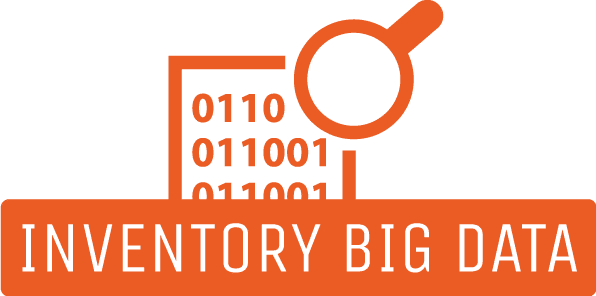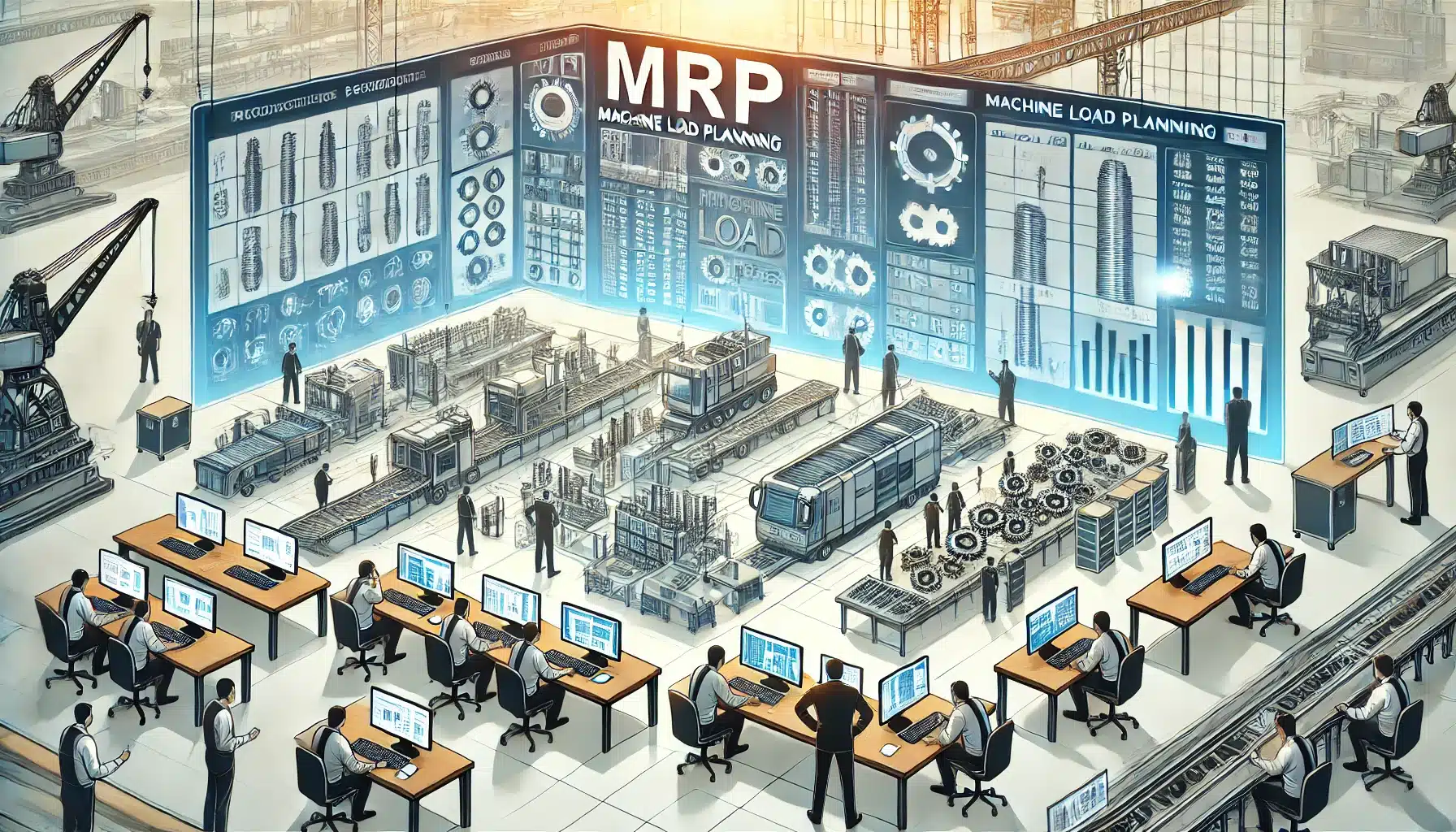What is supply chain ?
“Explore the core principles of Supply Chain Management (SCM), including physical, informational, and financial flows, the importance of SCM in modern businesses, and future trends like digitalization and AI.”
Description
Introduction to Supply Chain Management (SCM)
-
- Definition and overview of Supply Chain Management.
- Importance of SCM in modern businesses.
The Key Components of a Supply Chain
-
- Explanation of the different flows: physical, information, and financial.
- Roles and interactions of suppliers, manufacturers, and customers.
Explanation of the Different Flows: Physical, Information, and Financial
A supply chain is a complex network involving various entities and processes that work together to deliver products from raw materials to end consumers. Understanding the different flows within a supply chain—physical, information, and financial—is essential to managing and optimizing this network effectively.
- Physical Flow:
- The physical flow encompasses the movement and storage of goods from suppliers to manufacturers, through distribution centers, and finally to retailers or customers. This flow includes all logistical activities such as transportation, warehousing, and inventory management.
- Transportation: Moving goods efficiently from one location to another using different modes such as trucks, ships, airplanes, or trains. Effective transportation strategies are crucial for reducing costs and ensuring timely delivery.
- Warehousing: Storing goods at various stages of the supply chain. Warehouses need to be strategically located to balance cost and service level requirements. Efficient warehousing involves optimizing space, managing inventory levels, and ensuring quick retrieval of goods.
- Inventory Management: Maintaining optimal inventory levels to meet customer demand without overstocking or understocking. Inventory management involves forecasting demand, setting reorder points, and managing safety stock.
- Information Flow:
- Information flow refers to the exchange of data and information among all stakeholders in the supply chain. This includes order processing, demand forecasting, shipment tracking, and performance monitoring.
- Order Processing: Managing customer orders from receipt to fulfillment. This involves order entry, order validation, inventory allocation, and order picking and packing.
- Demand Forecasting: Predicting future customer demand based on historical data, market trends, and other relevant factors. Accurate demand forecasting helps in planning production, procurement, and inventory levels.
- Shipment Tracking: Monitoring the movement of goods in real-time to provide visibility and ensure timely delivery. Advanced tracking systems use technologies like GPS and RFID to provide updates on the location and status of shipments.
- Performance Monitoring: Measuring and analyzing key performance indicators (KPIs) such as order accuracy, delivery times, and inventory turnover to identify areas for improvement and ensure supply chain efficiency.
- Financial Flow:
- The financial flow involves the management of financial transactions, credit terms, and payment schedules between different entities in the supply chain. It ensures that funds are available to procure raw materials, pay for services, and compensate partners.
- Procurement: Managing the financial aspects of purchasing raw materials and components. This includes negotiating contracts, managing supplier payments, and ensuring cost-effective procurement practices.
- Payment Processing: Handling payments to suppliers, service providers, and other partners in the supply chain. Efficient payment processing ensures timely and accurate payments, which is critical for maintaining good supplier relationships.
- Financial Planning and Analysis: Forecasting and managing the financial resources needed for supply chain operations. This involves budgeting, financial reporting, and analyzing financial performance to make informed decisions.
Roles and Interactions of Suppliers, Manufacturers, and Customers
In a supply chain, various entities play distinct roles and interact with each other to ensure the smooth flow of goods, information, and finances. The primary entities include suppliers, manufacturers, and customers, each with specific functions and responsibilities.
Suppliers
Role: Suppliers provide the raw materials, components, and services needed for manufacturing products. They are the starting point of the supply chain.
Interactions: Suppliers interact closely with manufacturers to understand their requirements, negotiate terms, and ensure timely delivery of quality materials. Effective supplier relationships are built on trust, communication, and mutual benefit.
Responsibilities: Suppliers are responsible for ensuring the quality and availability of materials, meeting delivery schedules, and maintaining competitive pricing.
Manufacturers
Role: Manufacturers transform raw materials and components into finished products through various production processes. They are central to the supply chain, bridging the gap between suppliers and customers.
Interactions: Manufacturers work with suppliers to procure necessary materials and with customers to understand demand and meet their expectations. They also coordinate with logistics providers for the transportation and storage of goods.
Responsibilities: Manufacturers are responsible for production planning, quality control, managing production schedules, and ensuring the efficient use of resources.
Customers
Role: Customers are the end recipients of the finished products. They drive demand and are the ultimate focus of the supply chain.
Interactions: Customers interact with manufacturers or retailers to place orders, provide feedback, and receive products. Their satisfaction and feedback are crucial for continuous improvement in the supply chain.
Responsibilities: Customers are responsible for making purchasing decisions, providing accurate demand forecasts, and offering feedback on product quality and service.
The key components of a supply chain—physical, information, and financial flows—are interconnected and critical for the efficient functioning of the supply chain network. Suppliers, manufacturers, and customers play distinct but interdependent roles, working together to ensure the smooth flow of goods, information, and finances from raw materials to end consumers. By understanding and optimizing these components and interactions, businesses can achieve greater efficiency, cost savings, and customer satisfaction in their supply chain operations.
The Goals of Supply Chain Management
-
- Objectives such as efficiency, cost reduction, and customer satisfaction.
- Balancing service levels with inventory costs.
Supply Chain Management (SCM) is focused on achieving several key objectives that are crucial for the success of modern businesses. These objectives include enhancing efficiency across the supply chain, reducing operational costs, and ensuring high levels of customer satisfaction. By optimizing processes such as procurement, production, and logistics, SCM aims to streamline operations and eliminate waste, resulting in significant cost savings and improved resource utilization.
Another important goal of SCM is to balance service levels with inventory costs. This involves maintaining optimal inventory levels to meet customer demand without overstocking or understocking. Effective inventory management strategies help businesses minimize holding costs while ensuring that products are available when and where customers need them, thus achieving a delicate balance between cost efficiency and customer service.
How a Supply Chain Works: The Journey of a Product
-
- Step-by-step process from raw materials to end consumer.
- Example: the lifecycle of a tee-shirt from production to sale.
The supply chain journey of a product involves multiple stages, beginning with the sourcing of raw materials and ending with the delivery of the final product to the consumer. Each step in this process is crucial for ensuring the quality and availability of the product. For example, the lifecycle of a tee-shirt includes cotton farming, fabric production, garment manufacturing, distribution, and retail. By efficiently managing these stages, businesses can ensure timely delivery and customer satisfaction.
Common Supply Chain Jobs and Roles
-
- Overview of various positions within the supply chain field.
- Skills and qualifications needed for different roles.
The supply chain field offers a variety of job opportunities, each requiring specific skills and qualifications. Key roles include Supply Chain Managers, Logistics Coordinators, Procurement Specialists, and Inventory Analysts. These positions demand a strong understanding of supply chain processes, excellent organizational skills, and proficiency in relevant software tools. Additionally, effective communication and problem-solving abilities are essential for success in these roles.
Challenges in Supply Chain Management
-
- Common issues such as logistics disruptions, supplier reliability, and demand forecasting.
- Strategies for overcoming these challenges.
Supply chain management faces several challenges, including logistics disruptions, unreliable suppliers, and inaccurate demand forecasting. To overcome these issues, businesses can implement robust risk management strategies, diversify their supplier base, and utilize advanced forecasting tools. By addressing these challenges proactively, companies can maintain the efficiency and reliability of their supply chains.
The Future of Supply Chain Management
-
- Emerging trends like digitalization, big data, and AI.
- The impact of technologies on SCM efficiency and effectiveness.
The future of supply chain management is being shaped by emerging trends such as digitalization, big data, and artificial intelligence (AI). These technologies are enhancing supply chain efficiency by providing real-time visibility, predictive analytics, and automation. As businesses continue to adopt these innovations, they can expect improved operational effectiveness, reduced costs, and better decision-making capabilities.
Sustainability in the Supply Chain
-
- Importance of green logistics and ethical sourcing.
- How companies are incorporating sustainability into their supply chains.
Sustainability is becoming increasingly important in supply chain management. Green logistics and ethical sourcing practices are essential for reducing environmental impact and promoting social responsibility. Companies are incorporating sustainability by optimizing transportation routes, using eco-friendly materials, and ensuring fair labor practices throughout their supply chains. These efforts not only help the environment but also enhance brand reputation and customer loyalty.
Case Studies of Effective Supply Chain Management
-
- Real-world examples of companies with successful supply chain strategies.
- Lessons learned and best practices.
Case studies of effective supply chain management provide valuable insights into successful strategies and best practices. Real-world examples highlight how companies like Amazon, Toyota, and Zara have optimized their supply chains to achieve efficiency, cost savings, and customer satisfaction. These case studies offer lessons on the importance of innovation, collaboration, and continuous improvement in supply chain management.
Educational Pathways and Resources for SCM
-
- Recommended courses, certifications, and degrees for aspiring supply chain professionals.
- Online resources and tools to enhance SCM knowledge and skills.
For those interested in pursuing a career in supply chain management, there are various educational pathways and resources available. Recommended options include courses, certifications, and degrees in supply chain management, logistics, and business administration. Additionally, online resources and tools such as webinars, industry publications, and professional networks can help individuals enhance their SCM knowledge and skills, staying current with industry trends and advancements.
Additional information
| Publication | |
|---|---|
| Department | Supply Chain |







